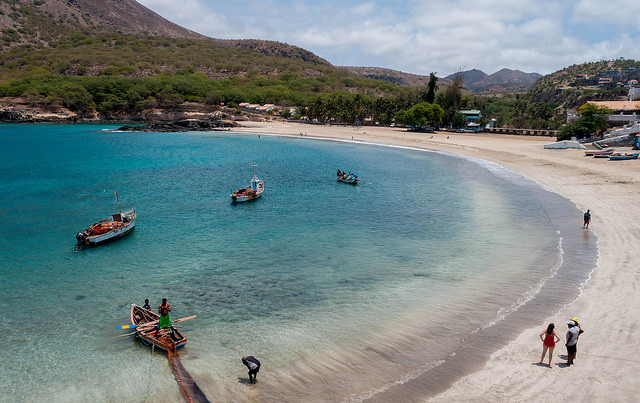
Cabo Verde is a chain of islands off the coast of Senegal, West Africa. Despite having only 10 percent arable land, limited mineral resources, mountainous terrain and an arid climate, Cabo Verde has been developing rapidly. This is mainly due to the booming tourism industry and development projects in Cabo Verde.
Being a small island nation, there are a few challenges with development. The money spent on transportation between the nine inhabited islands is quite high. Several infrastructure constraints exist which make the delivery of public services and energy in need of improvement. Due to Cabo Verde‘s climate, the agriculture industry is not able to reach its full potential. Lastly, being an island in the Atlantic Ocean, it is susceptible to climate change, rising sea levels and natural disasters.
In light of these challenges, five development projects in Cabo Verde have been created to boost the economy, increase tourism and ensure the well-being of the residents on the islands.
- The Competitiveness for Tourism Development project recognizes tourism as the economy’s main source of growth, with the public sector as the key force. This project backs the implementation of Cabo Verde’s vision for this industry. The project began in April 2016 and will cost approximately $3.7 million.
- The Transport Sector Reform Project consists of four components. The first is road preservation with routine maintenance. The second component is the development and operationalization of a road and bridge management system. The third is a road safety action plan which puts an accident database and monitoring and evaluation system in place. Finally, there will be an inter-island transport strategy to improve the quality of services and the management of ports and airports.
- Another one of the five development projects in Cabo Verde is the Water Supply Development Project of Santiago Island. It is a $220 million project aiming to strengthen the bulk of the water supply on Santiago Island. There will be construction on two water treatment plants with reverse osmosis technology, 12 water reservoirs, 14 pumping stations and about 100 miles of water mains.
- The Cabeólica Wind Project was created to develop the use of wind power as a more sustainable alternative to imported fossil fuels. This project will help achieve Cabo Verde’s goal of using 100 percent renewable energy sources by 2020. On four of Cabo Verde’s islands, a 25.5-megawatt facility is meeting about 25 percent of the nation’s energy demands.
- The final of the five development projects in Cabo Verde is the Watershed Management and Agriculture Support Project. It was created to increase productivity in agriculture by supporting the conversion of dry farmland to higher-value horticultural production. This was done by improving natural resource management, including the sustainable use of soil and water resources. The project also improves the capacity to support the development and implementation of community-based watershed management plans.
As a middle-income country with a relatively low poverty rate, Cabo Verde is able to design projects like these to continue promoting growth and achieve goals. These development goals will boost the economy, increase tourism and ensure the well being of the residents and visitors on the islands and keep the poverty rate low.
– Lorial Roballo
Photo: Flickr
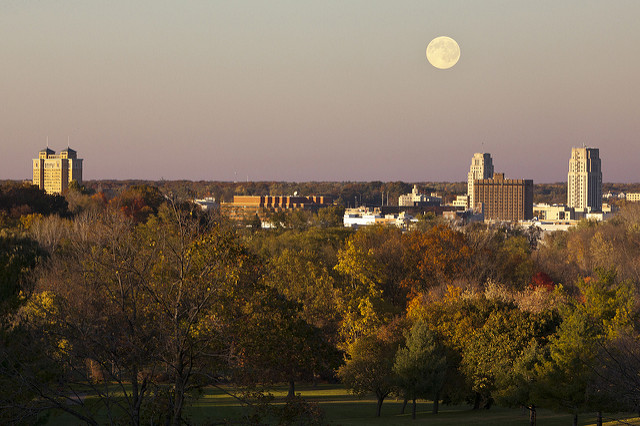
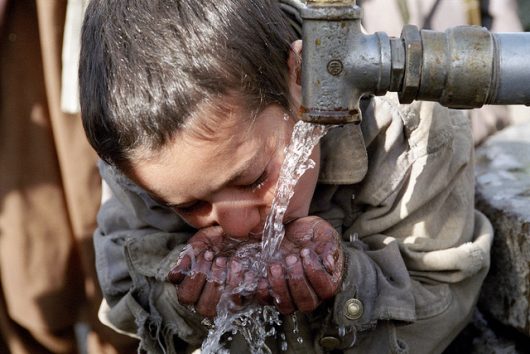
 Even though
Even though 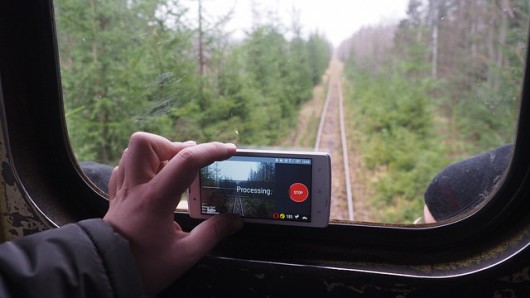 In spite of modern digital services like Google Street View, many locations in developing countries, such as Dar es Salaam in Tanzania, remain inaccessible to much of the world.
In spite of modern digital services like Google Street View, many locations in developing countries, such as Dar es Salaam in Tanzania, remain inaccessible to much of the world.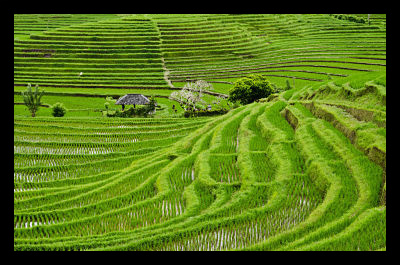 President of Indonesia Joko Widodo, who was elected last year, is making
President of Indonesia Joko Widodo, who was elected last year, is making 
